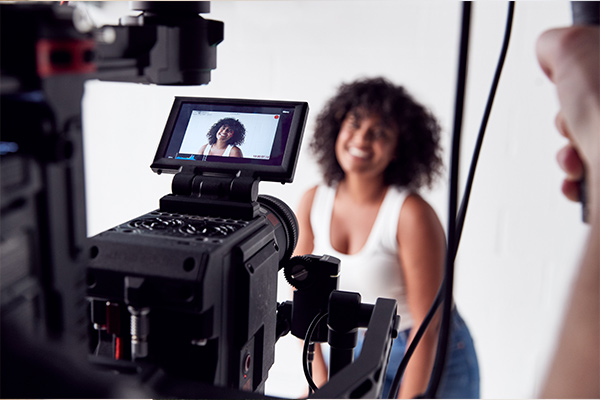How often should digital creative be changed?
Marketing Research firm Yankelovich suggests Americans were exposed to about 500 ads per day in the 1970’s. Most recently this number has grown to between 4,000 and 10,000 impressions per day. And depending on your geographic location and consumption of media (Attention, you social media mavens!), those numbers could go as high as 50K impressions per day! We are mentally bombarded by advertising every day. This overload of exposure as well as advertising being insufficiently noticeable within the tsunami of stimuli are two of the main reasons why advertising results suffer.
There is no doubt that inattentional blindness, failing to see what is right in front of you, is a real thing in modern advertising.
Although we can’t affect consumers’ mental limits, we can control advertising’s distinctiveness, its efficacy and its prominence. There are many tactics that can be utilized to make digital advertising dollars work harder. Optimizing audiences, dynamic ads, retargeting strategies and differing ad placements are all tried, tested and agreed upon methods to improve online advertising effectiveness.
But the one tactic that seems to remain polarizing and without consensus is creative. More precisely, how and how often should digital advertising be updated, rotated or changed? There are as many opinions as there are ad platforms. Some say creative should be changed every week or two, some suggest as often as every three days, some three to four months, some see no shelf life limits for digital creative. So, what is the right answer?
At Scale, these are the five guidelines we live by when considering a change of digital creative assets.
- Creative MUST be changed when a new campaign or promotion starts. Probably assumptive but if you’ve got something new to say, you need fresh creative. At minimum, the creative should not have run within the previous quarter.
- Creative MUST be changed at a MINIMUM every quarter. Give your audience, even brand loyalists, a reason to stop and notice. The same promotion buoyed with new creative routinely generates a bump in sales. Perhaps more prescient, after four or five months of running the same creative we’ve seen response rates fall off by more than half. A heavier impression load or higher frequency caps will shorten this window.
- Creative MUST run AT LEAST 30 days before full evaluation. Give your message and visuals time to resonate with the target audience. Studies show that the full buildup of media elasticity takes at least four weeks.
- Creative MUST be tested. Assume a consistent testing mindset. Elements like colors, headlines, visuals, CTAs and links can and should be tested within a campaign cycle. Playing “King-of-the-Hill” through A/B testing allows brands to better understand elements that work and those that do not ultimately strengthening the brand’s position.
- Creative MUST be monitored for performance. If you had to have one rule for when to change creative, this would be that one rule. Performance metrics such as CTRs, Engagement, Conversion and Impressions can show signs of advertising fatigue or wear. Specially, lower CTRs indicate the audience is no longer as compelled to interact with your ad. Less engagement implies the audience is exposed to, but no longer motivated to interact with the unit. Lower conversion rates suggest the wrong audience may be engaged. The algorithms driving social media and paid search platforms are designed to show relevant content to its audiences over time. Lower impressions offered by the platforms suggest underperforming creative units. In paid search lower relevance also means higher CPCs.
The reality is that every business is different, every marketing campaign is unique, and every customer group has distinct needs to be addressed in creative. How long creative should run varies significantly from industry to industry. These guidelines have been helped Scale effectively guide millions of dollars of ad spend. Deliberately refreshing creative is critical to breaking through the advertising clutter and maintaining your customers’ attention. Adopting a mindset of purposeful creative change, testing and measurement, will help each brand understand the sweet spot for its creative cadence.



